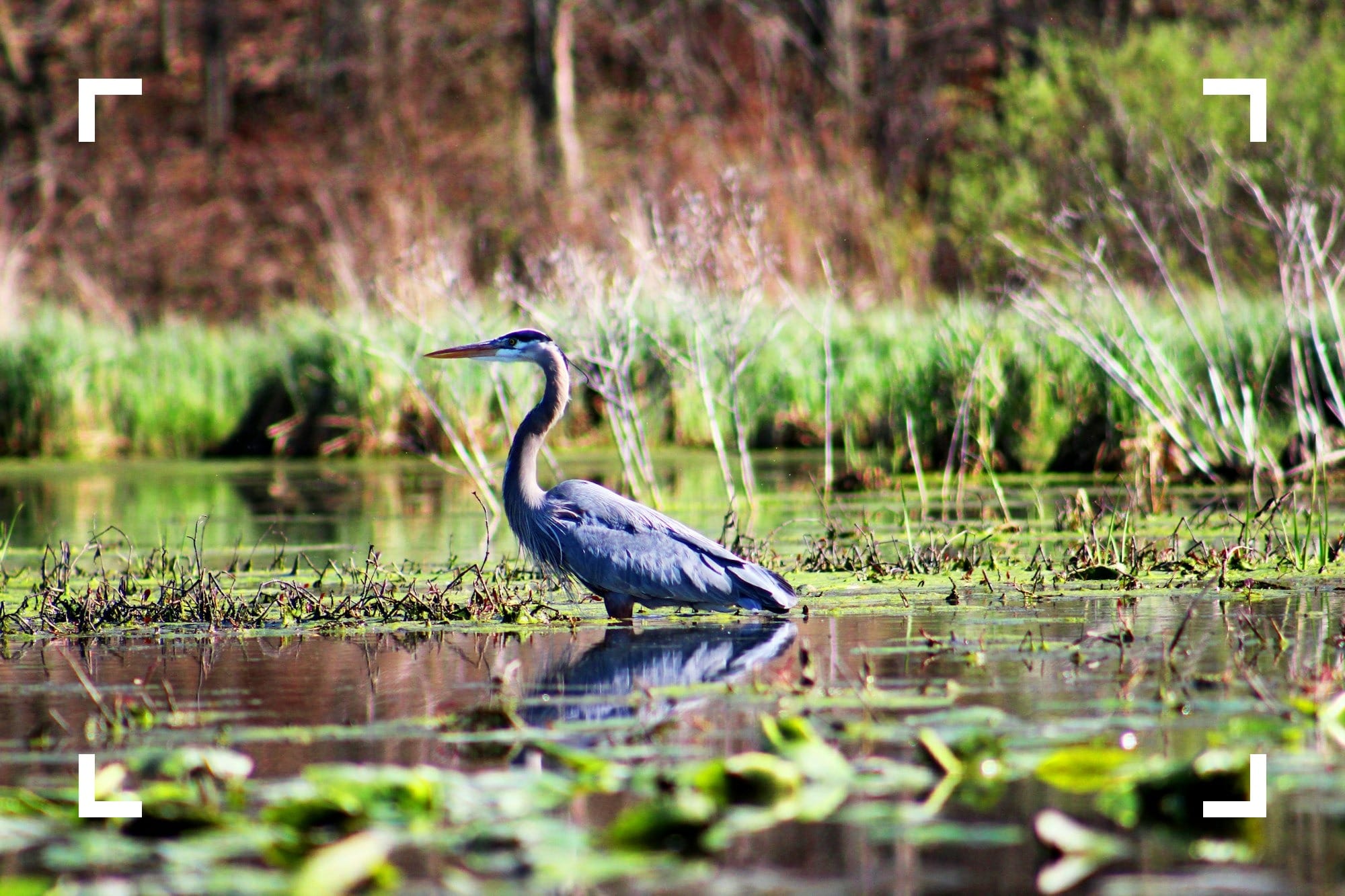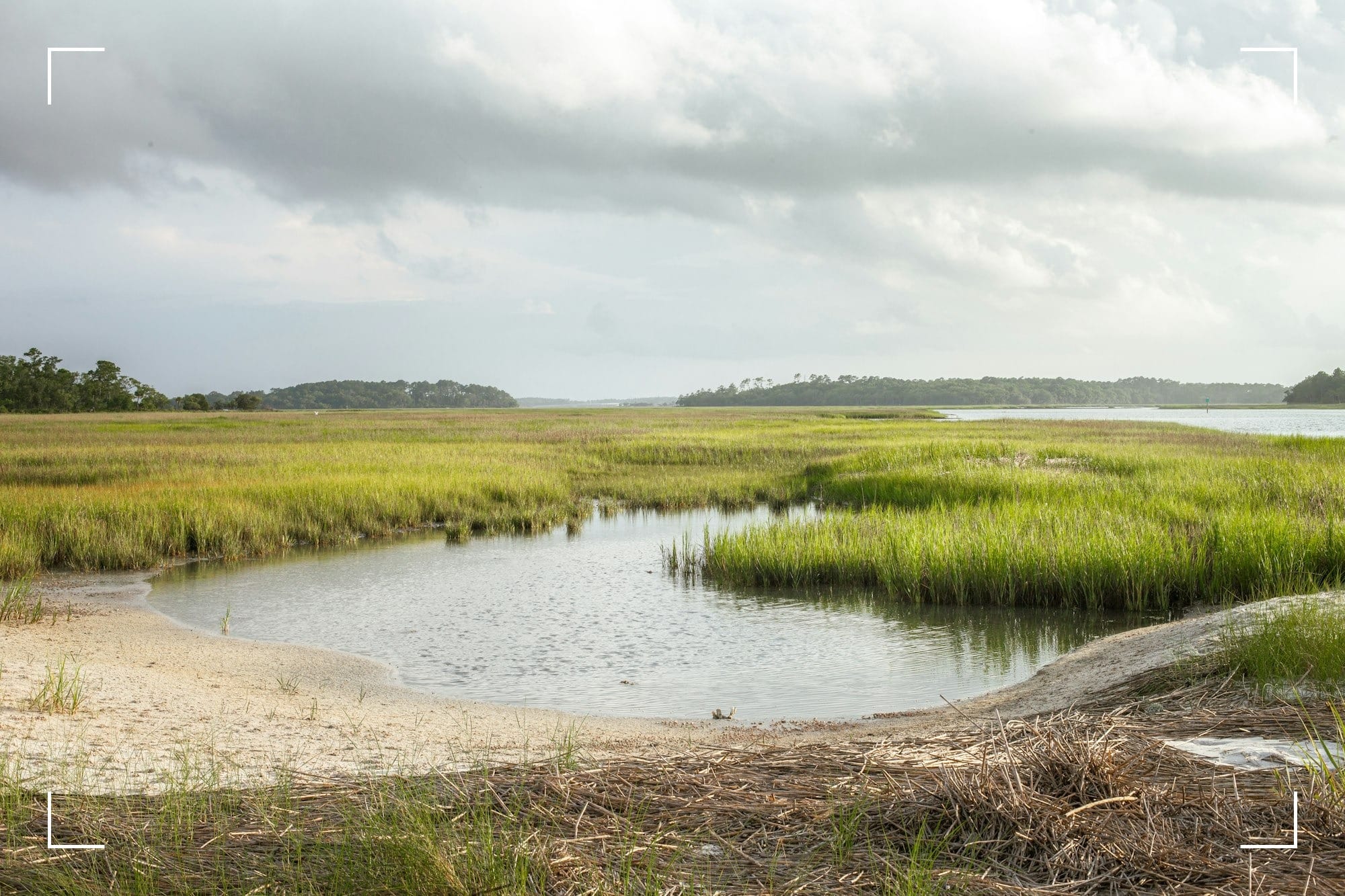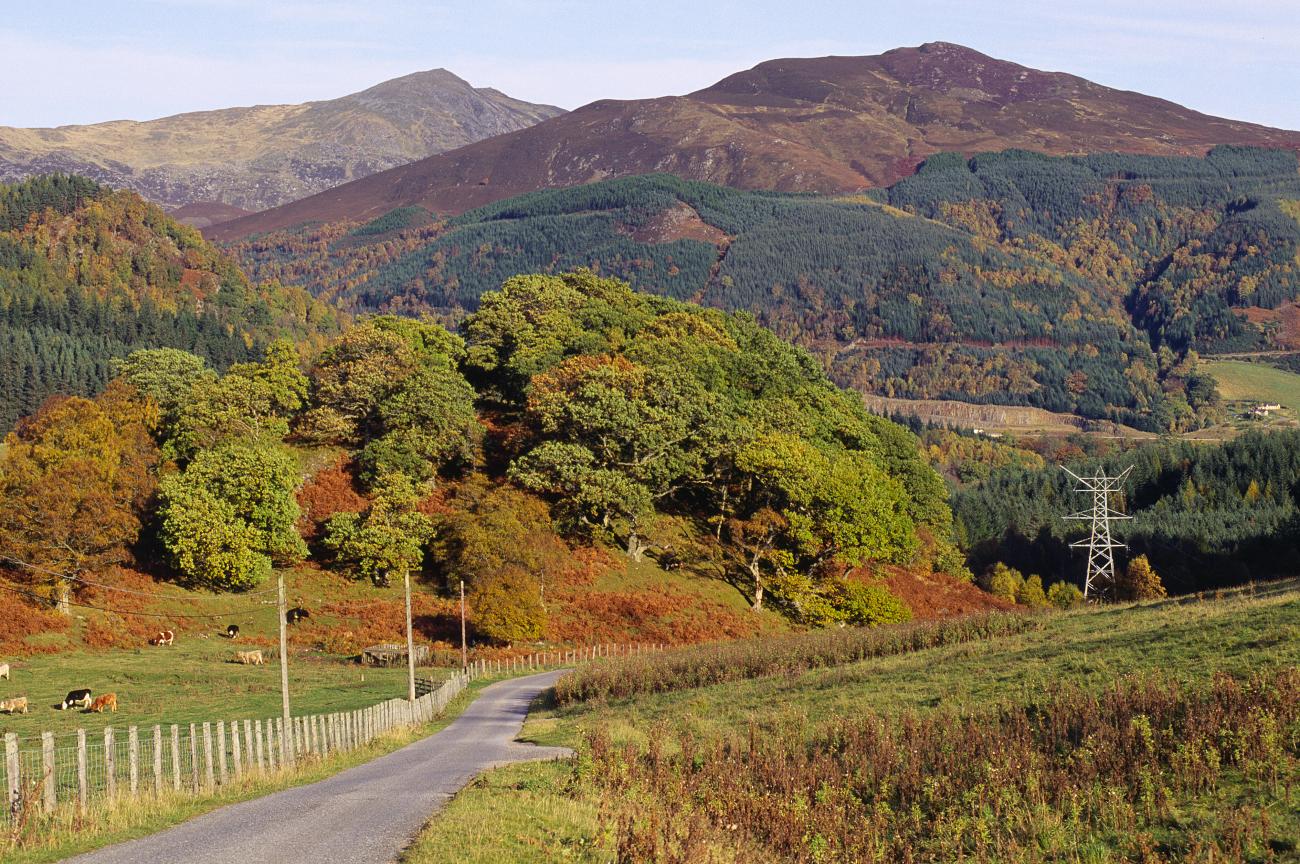Conservation Concept: Ecosystem Services and Externalities
Exploring the concept of ecosystem services and environmental externalities

March 2024
The innate human drive to shape and modify the environment for our purposes has played a crucial role in the advancement of our civilization. Throughout history, societies have engaged in transformative practices to meet the growing demands for resources, as with agriculture and infrastructure.
For example, established in the early 20th century in the United States, the Bureau of Reclamation expanded this ideology across the West. The expansion of the Bureau of Reclamation (BOR) coincides with Western U.S settlement, highlighted by ambitious damming projects aimed at harnessing water resources for agricultural irrigation, hydroelectric power, and urban expansion. In 1935, the shining accomplishment of the BOR was completing the Hoover Dam, the largest dam in the world at the time. While these projects undoubtedly contributed to economic growth and societal stability, they also sparked debates over environmental consequences, ecosystem disruption, and community displacement. These days, the era of mega-engineering is showing signs of ending as more and more people call for removing obsolete dams. Why is that?
Ecosystem Services
As the burgeoning field of ecology took off in the 1960s, some scientists sought to better understand how ecosystems operate, and repeatedly unraveled how the natural world actually supports humanity. Often, but not always, ecosystems benefit society the most when human intervention is minimized. Scientists termed the ecosystem functions that support human health, livelihoods, and wellbeing as 'ecosystem services' in the 1970s. These naturally occurring ecosystem processes produce clean air and water, buffer against floods, pollinate crops, and regulate climate, among a multitude of other services. They are all naturally occurring across the natural globe, providing essential needs to everyone for free. Unfortunately, relentless human development poses a threat to these vital services, impacting the overall health of our ecosystems, and their ability to function and provide these services. Instead of protecting mangrove habitat to reduce damage from wind and waves along coastlines, we opted for constructing dams, dykes, and levees, all prone to compromise. Instead of natural flood control where wetlands and meandering rivers dissipate stream velocity, we excavated, dammed and channelized rivers which exacerbate flooding, often in more populated areas, when inevitably pushed beyond design limits.

Despite their unique benefits, wetland habitats have receded over 50% in the United States. Many fish rely on these habitat at some point during their lives. Wetlands buffer excessive runoff and flooding, all while the plants absorb nutrients and filter water. Wetland soils store carbon, which mitigate effects of climate change, and act as vital habitat for migrating birds, fish, and mammals. (National Wildlife Federation, 2024)
Understandably, at one point we didn't know any better, but now we've recognized the value of un-damming certain rivers, the water filtration capabilities of wetlands, the habitat and shoreline protection of mangroves, and an extensive list of other ecosystem services. Though dams will continue to be an important element in human infrastructure going forward, they require maintenance and management, which is the opposite case of ecosystem services. When intact ecosystems are humming and left alone, they don't need maintenance or any human intervention, and consequently provide value to our societies for free. It's cheaper for everyone if water treatment facilities enlist the natural filtration functions of wetland ponds, and for coastal communities to protect their natural seawalls before bulldozing mangrove habitat to build concrete obstacles that erode and fail over time. The unaltered Amazon rainforest creates and filters 20% of all the oxygen on Earth; that's functioning at a much higher rate than any individual HEPA filter.

Externalities
Despite these benefits, traditional western economics don't capture the value of these services. Culling trees in the Amazon might fetch value for timber or as land, but how do we capture the value lost from losing each tree's ability to create oxygen, remove carbon from the atmosphere, and provide habitat? Externalities refer to these unintended side effects or consequences of human activities on the environment that are not reflected in the market prices of goods and services. Externalities can be positive or negative impacts that affect third parties who are not directly involved in the transaction or activity causing the environmental change.
Usually, externalities are negative. They are most often associated with environmental harm, such as pollution, deforestation, or the emission of greenhouse gases. Another example is a factory that emits pollutants into the air which negatively impacts the health of nearby residents or harms ecosystems, without the costs of this damage being factored into the price of the goods produced by the factory.
On the other hand, positive externalities can occur when certain activities lead to benefits for others without compensation, such as tree nurseries providing ecosystem services like clean air, water filtration, and carbon sequestration. However, if an old growth forest was displaced to make room for the tree nursery, then other ecosystem services would have become externalities, such as the loss or degradation of habitat, loss of biodiversity, and loss of recreational opportunities, including hunting or wildlife viewing. Basically, the more we (i.e., humans) mess with the functioning of ecosystems for the benefit of industry, the more ecosystem services we lose.
The Dreaded "P" Word: Policy
Incorporating the value of ecosystem services and addressing environmental externalities typically involves implementing policies, regulations, or market mechanisms to internalize these external costs or benefits. This could include the imposition of taxes or fees on polluters to account for the environmental damage they cause, or the establishment of incentives for activities that generate positive environmental outcomes. The goal: align private decision-making with broader societal and environmental goals, promoting more sustainable and responsible practices.
Understanding and valuing these services can lead to more holistic decision-making, ensuring the preservation of vital habitats and the services they provide. As we move forward, adequately valuing, protecting, and restoring healthy ecosystems helps secure these benefits for future generations. By investing in nature today, we invest in our own future.
A Final Note
Should we quantify the ecosystem services in terms of traditional economics? Some have delved into these details, see Stanford’s NATCAP, but sometimes that takes us down a tricky path. A cost benefit analysis may advise that it makes more fiscal sense to pave paradise and indeed put up that parking lot. How can you quantify the value of a pristine landscape? Are we sure we want to put a value to something like that? Another topic for another day.
Sources:
- National Wildlife Federation. Accessed 2024. Ecosystem Services. https://www.nwf.org/Educational-Resources/Wildlife-Guide/Understanding-Conservation/Ecosystem-Services
- Wetlands International, The Nature Conservancy. 2014. Mangroves for coastal defense: Guidelines for coastal managers & policy makers. https://www.nature.org/media/oceansandcoasts/mangroves-for-coastal-defence.pdf
- CamFil. 2017. Are Rainforests Natural Air Filters? https://cleanair.camfil.us/2017/08/25/rainforests-natural-air-filters/
- NatureScot. Accessed 2024. Ecosystem Services. https://www.nature.scot/scotlands-biodiversity/scottish-biodiversity-strategy-and-cop15/ecosystem-approach/ecosystem-services-natures-benefits
- Daily, G. C., et al. 1997. Ecosystem Services: Benefits Supplied to Human Societies by Natural Ecosystems. Issues in Ecology, 2, 1-16.
- Millennium Ecosystem Assessment. 2005. Ecosystems and Human Well-being: Synthesis. Island Press.
- Foley, J. A., et al. 2005. Global Consequences of Land Use. Science, 309(5734), 570-574.
- Kareiva, P., et al. 2011. Natural Capital: Theory and Practice of Mapping Ecosystem Services. Oxford University Press.



